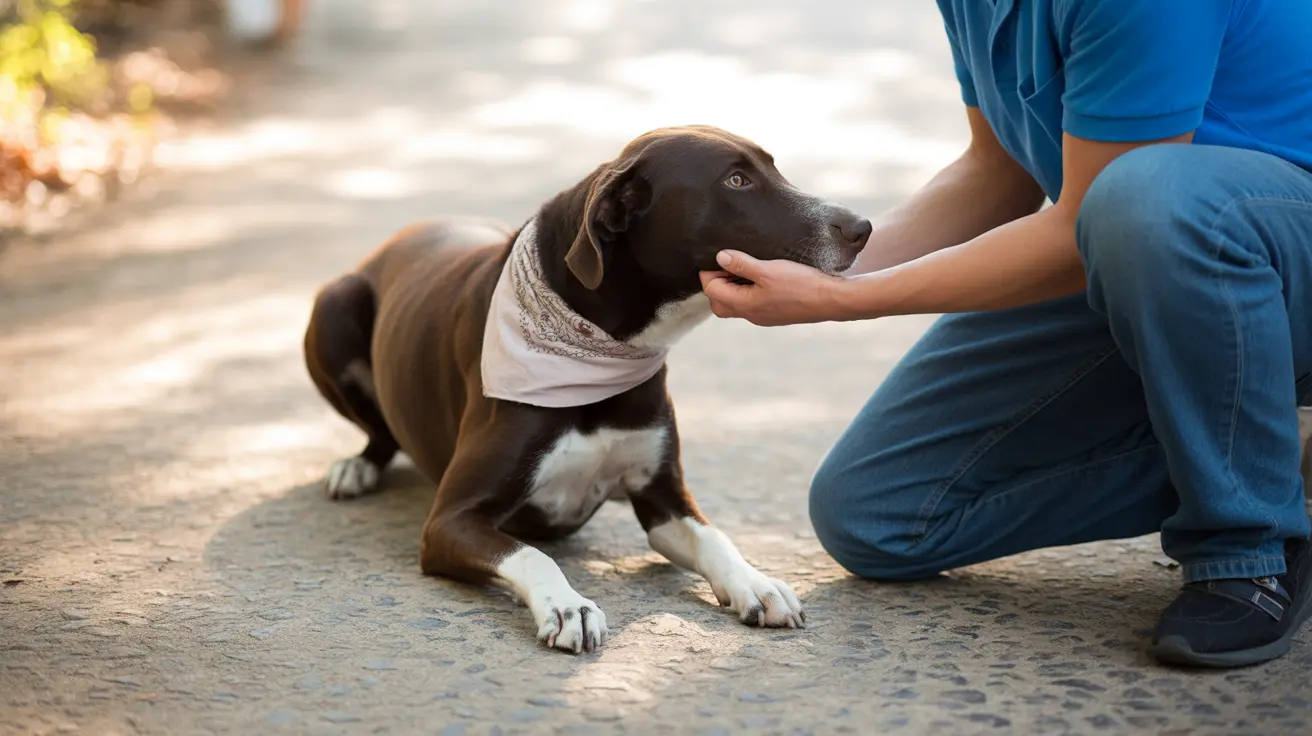Best Alternatives to Dog Cones: Comfort and Protection for Your Pet
When your dog needs to recover from surgery or an injury, traditional plastic cones—sometimes called "Elizabethan collars" or "e-collars"—are often recommended to prevent licking, biting, or scratching. But let's be honest: those rigid cones can be awkward, stressful, and downright uncomfortable for many pets. Fortunately, there are plenty of dog cone alternatives that offer a better experience for both you and your canine companion.
Why Seek Cone Alternatives?
Classic plastic cones certainly do their job by blocking access to wounds or irritated skin. However, they come with drawbacks:
- Discomfort: Hard edges can irritate the neck and shoulders.
- Restricted movement: Dogs may bump into furniture or struggle with stairs.
- Limited peripheral vision: This can cause anxiety or confusion.
- Interference with eating/drinking: Some dogs find it hard to reach their bowls.
If your dog is stressed or miserable in a traditional cone—or if you simply want a more comfortable solution—exploring alternatives makes sense.
The Most Popular Dog Cone Alternatives
- Soft E-Collars
Made from fabric or foam, these collars are flexible and gentle on the skin. They allow better mobility than rigid cones and can be adjusted for a snug fit. Soft e-collars work well for mild injuries but may not withstand determined chewers or protect all wound locations.
- Inflatable Collars
Shaped like travel neck pillows, inflatable collars let dogs move freely and see clearly. They're lightweight and less intrusive than hard cones. However, they're not ideal for facial wounds or situations where the dog could still reach the affected area if the collar isn't fitted properly.
- Flat Frisbee-Type Collars
This disc-shaped design extends outward from the neck rather than forming a cone around the head. Dogs enjoy improved visibility and comfort but may have trouble navigating tight spaces until they adjust.
- Neck Brace/Cervical Collar
A cervical collar restricts neck movement so dogs can't turn to lick their bodies. It's effective for certain body wounds but won't help with injuries on limbs or the head itself. Proper fit is crucial here.
- DIY Cloth Collars
If you're handy, you can craft a collar from towels or soft materials tailored to your dog's size. Homemade solutions offer comfort but may lack durability—some dogs figure out how to remove them!
- Muzzles
Muzzles prevent licking or biting at wounds on the front half of the body but aren't suitable for leg injuries. They must allow normal breathing and should only be used under supervision.
- Face Masks (e.g., Novaguard)
Tightly fitting masks protect facial wounds while offering clear visibility and less restriction than a full cone. Not every dog tolerates them well, and they don't cover all injury types.
- Recovery/Protective Sleeves
Sleeves made from durable fabric shield legs after surgery or injury. They allow free movement while protecting wounds but require correct sizing (and some dogs might chew them off).
- Bodysuits/Surgical Suits
Tight-fitting garments cover large areas of the torso (and sometimes limbs) to shield incisions or irritated skin. They're great for body wounds but won't help with injuries on the head or lower legs; regular washing is needed to keep things hygienic.
- Bandage Wraps
A simple bandage can protect small wounds when changed regularly—but it must be applied correctly so it doesn't slip off or cut off circulation.
- T-Shirt Method
A snug t-shirt or baby onesie covers torso wounds comfortably and inexpensively. It's not suitable for head/neck injuries—and persistent dogs might chew through it—so monitor closely!
Selecting the Right Alternative: What Matters?
- The wound's location: Some solutions work best for torso injuries; others protect legs or faces better.
- Your dog's size & temperament: Gentle dogs may tolerate soft options; determined chewers need tougher gear.
- The level of protection required: Consider how much access your dog has to the wound with each device.
- Ease of cleaning & maintenance: Soft materials need frequent washing; inflatable collars are easy to wipe down.
- Your veterinarian's advice: Always check before switching devices—some situations demand specific protection!
Troubleshooting & Tips for Success
- Check fit daily: Ensure no chafing occurs around your dog's neck or limbs.
- Inspect frequently: Look for signs of chewing, slipping off, or irritation under garments/collars.
- Keep everything clean: Wash fabric items regularly to avoid infection risk.
- If in doubt, ask your vet! Some products suit specific medical needs better than others (like leg sleeves vs bodysuits).
A More Comfortable Recovery Is Possible!
You don't have to settle for a stiff plastic cone if it's making life miserable for your pet. With so many creative alternatives—from soft e-collars to recovery suits—you can find something that fits your dog's personality and medical needs while keeping them comfortable during healing. Remember: safety comes first, so always consult your veterinarian before making changes to your dog's recovery plan!





